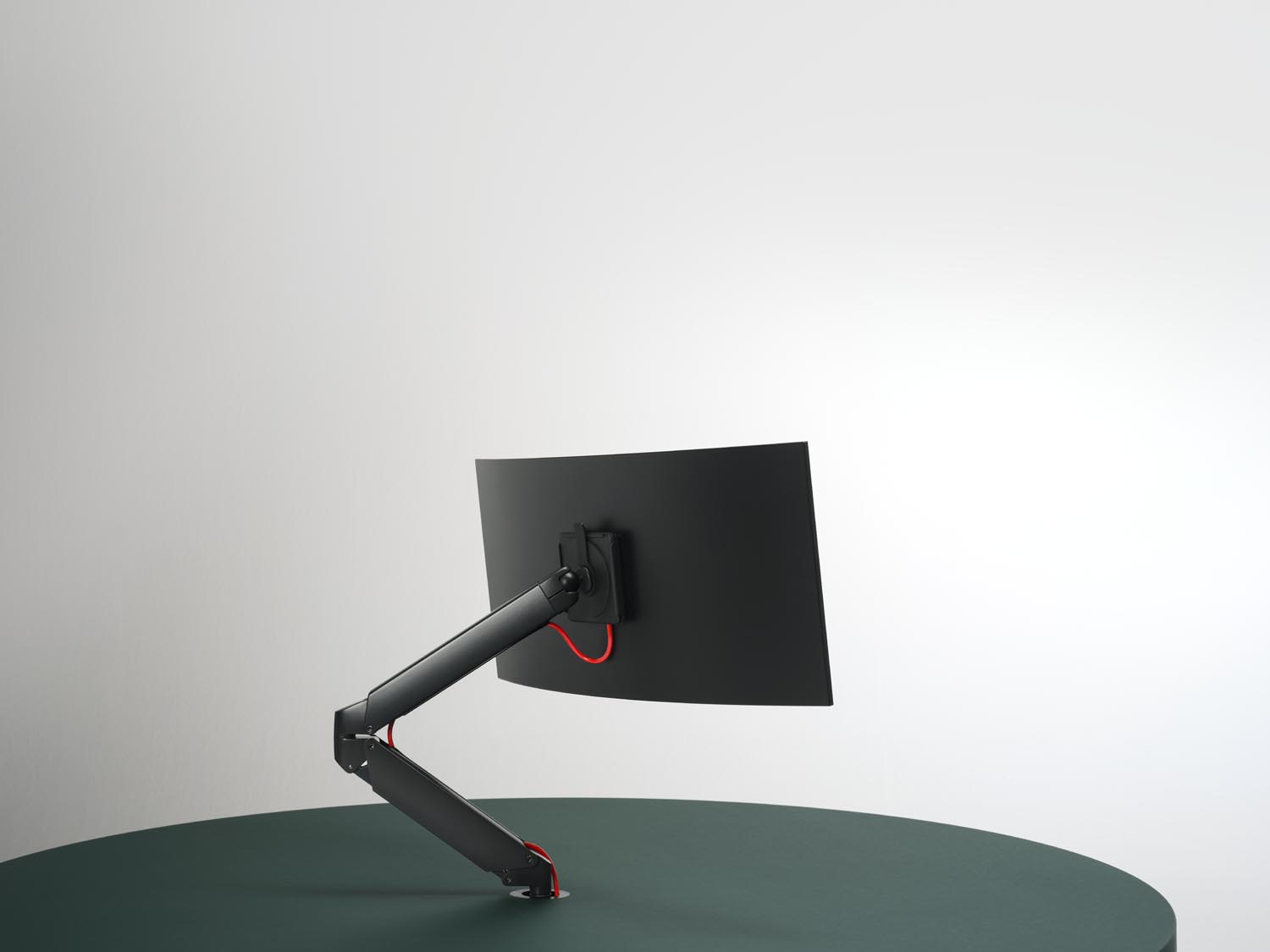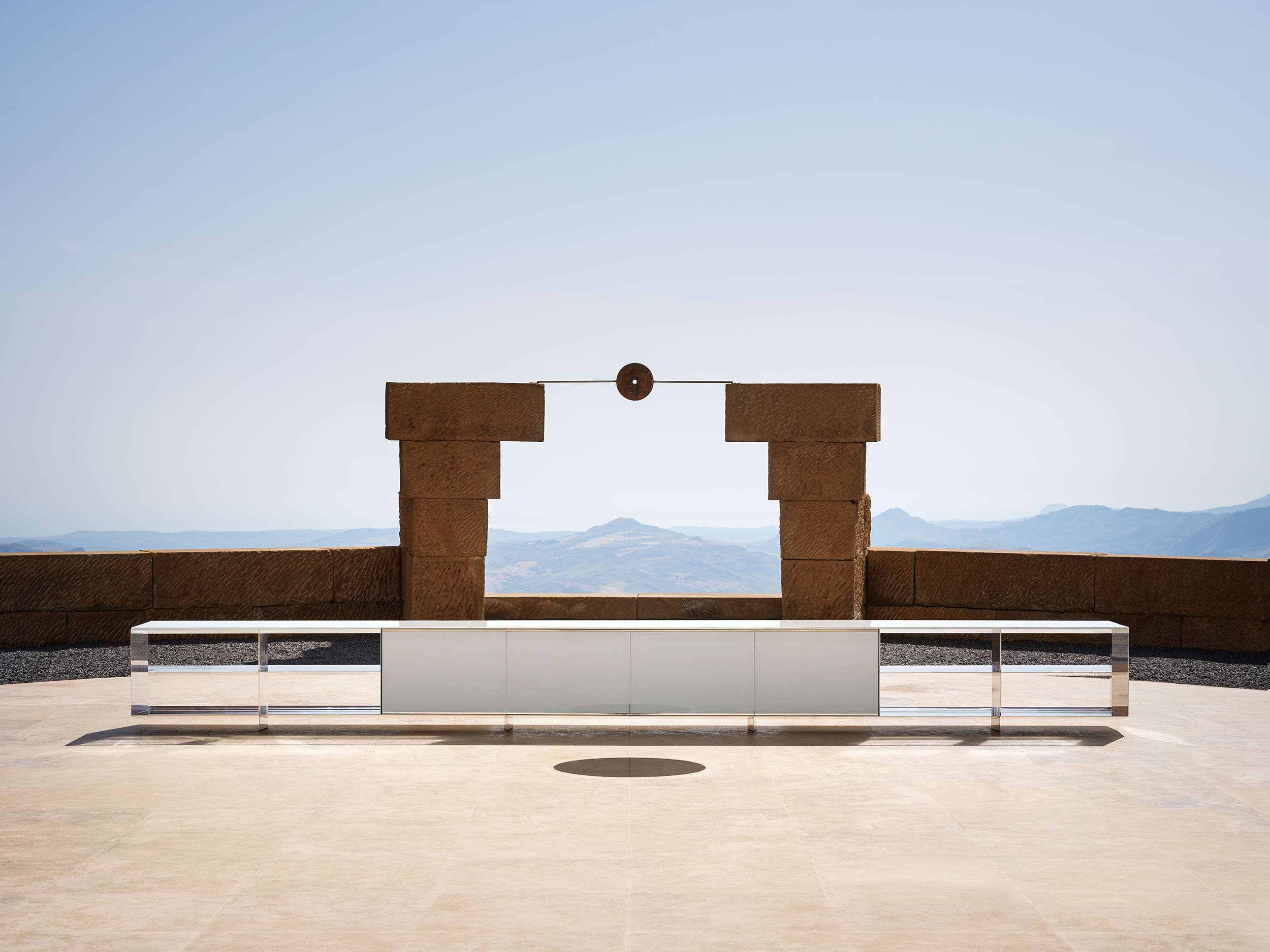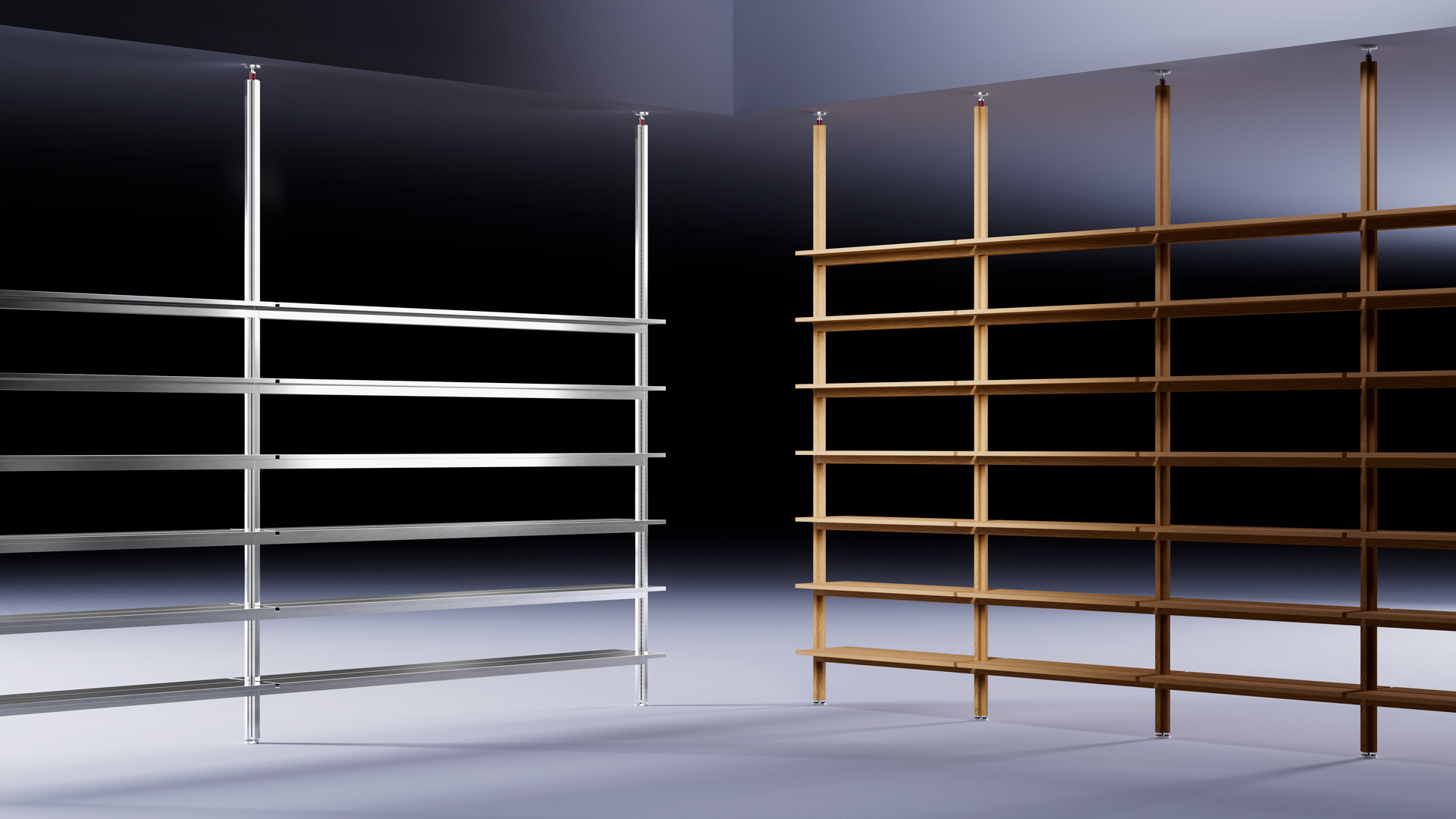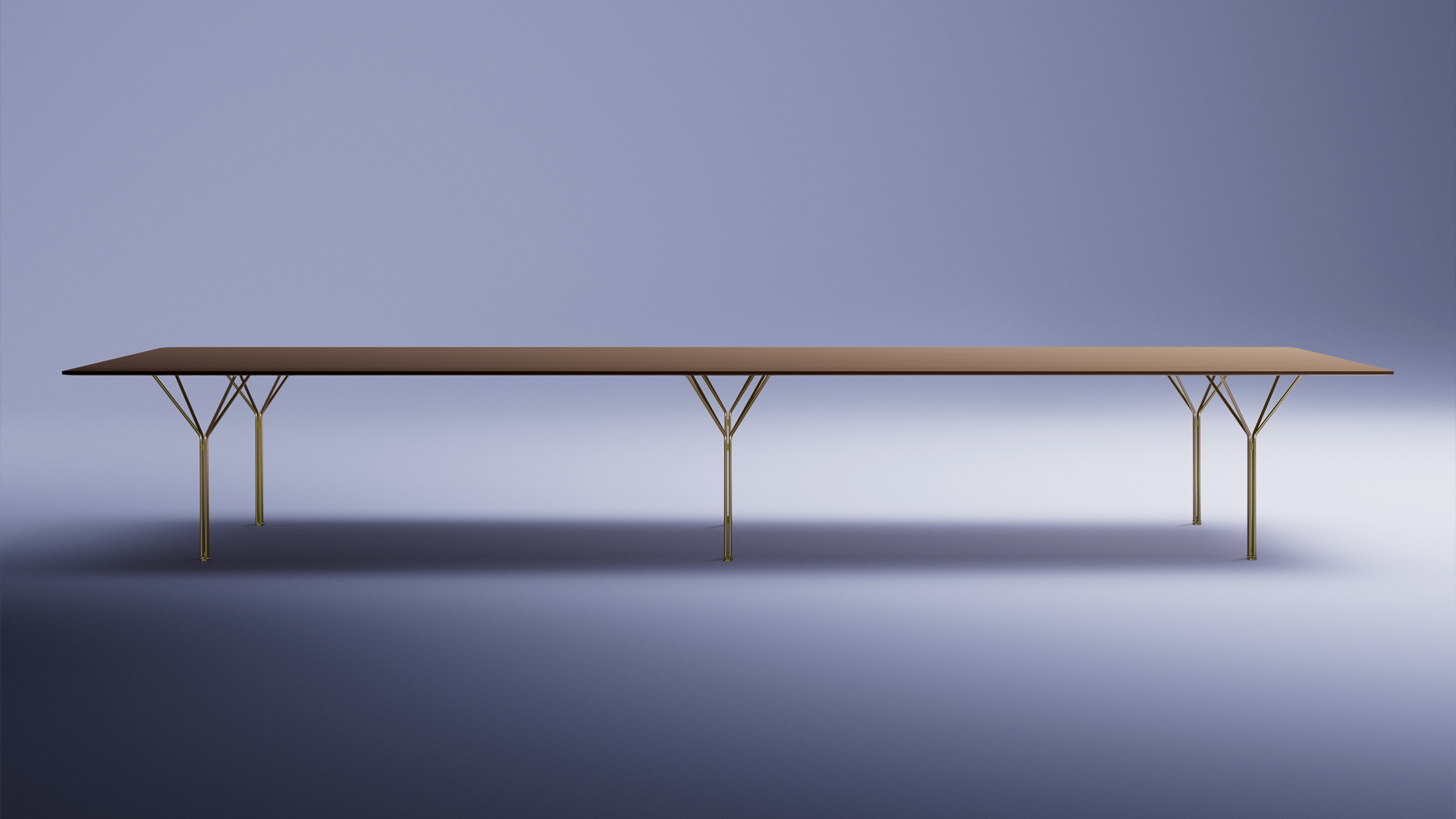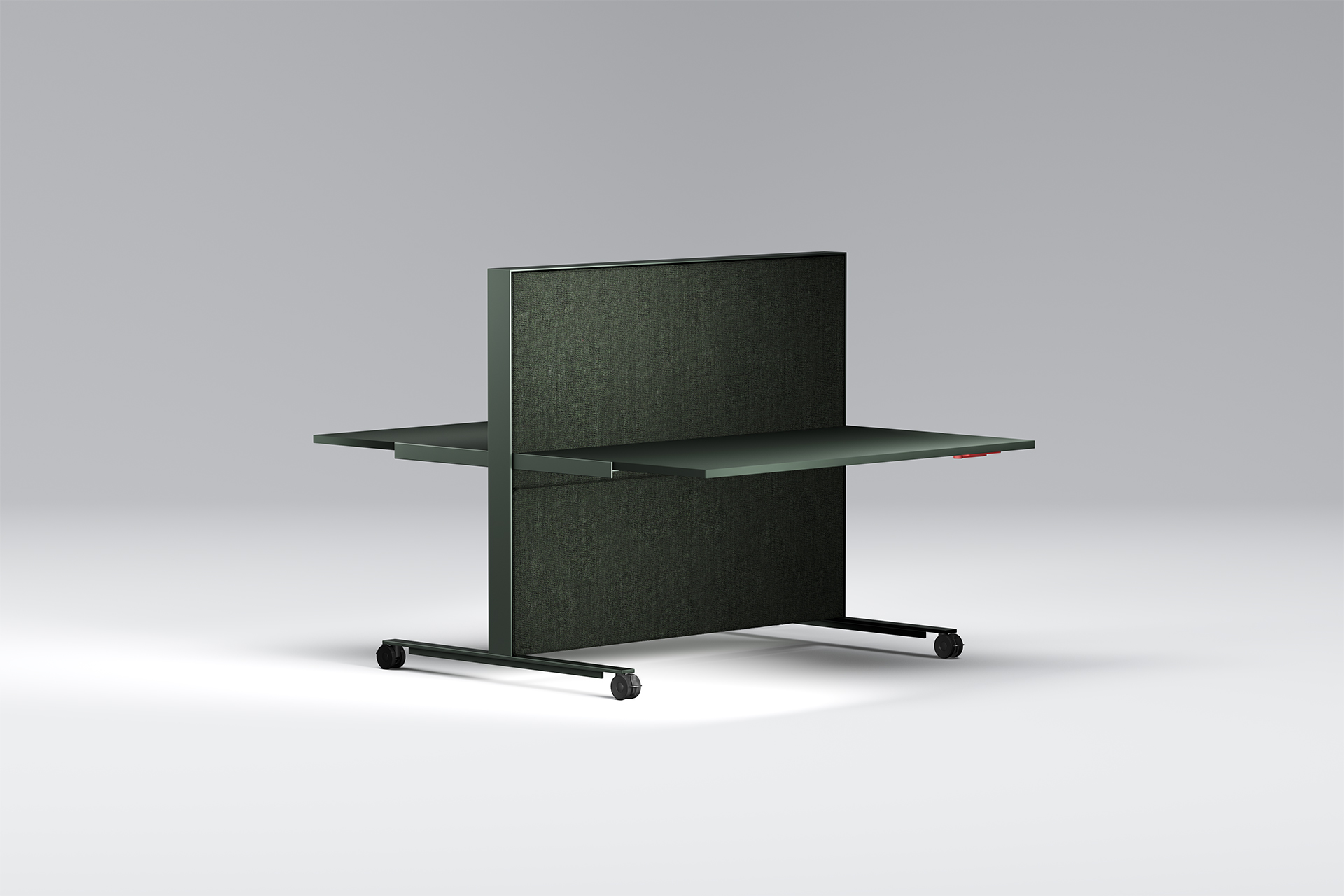
Museo Egizio, Torino
when
2024
where
Torino
On the occasion of the bicentennial of the Egyptian Museum of Turin (1824 – 2024), UniFor made a pivotal contribution to the “Materia. Forma del Tempo” project. Through innovative and functional design solutions, the company created display structures that enhance the value of ancient artifacts. The new permanent exhibition transforms the visit into an immersive experience spanning over 4000 years of history. By seamlessly integrating design with museology, UniFor developed illuminated cases, interactive tables, and modern display drawers that balance protection with accessibility.
A close collaboration with the museum and design experts has resulted in spaces where tradition and innovation interact harmoniously. This intervention has made art conservation and the narrative of historical heritage clear and engaging for the public. The design solutions have breathed new life into artifacts that would have otherwise remained in storage. The project highlights UniFor’s commitment to culture, established since 1969, and its collaborations with renowned international institutions. The design approach demonstrates how modern design can serve as a bridge between history and contemporary experience, creating spaces for community and knowledge. Through this initiative, UniFor reaffirms its role in communicating historical heritage in an innovative and accessible way.
The new layout is organized into three thematic sections spread over multiple accessible levels. The first hall, dedicated to wood and pigments, features two impressive display structures with illuminated cases showcasing 40 varieties of materials. In this space, visitors are immersed in a narrative that explores the production and use of wooden tools by ancient artisans, while also delving into the subject of pigments through the illustration of ancient mixing techniques. The second hall houses an extraordinary vase collection containing nearly 5000 artifacts – both originals and resin replicas – accompanied by an interactive display table that invites visitors not only to observe but also to touch and experience the textures and forms of the objects, enhanced by an overhead informational panel detailing the history of each piece. A similar dialogue between artwork and display is evident in the presentation of the statue of Isis, which, placed on a pedestal and surrounded by a metal barrier, remains the focal point while allowing visitors to fully engage with the narrative on the rear wall. The third area is dedicated to stone artifacts – including statues, vases, and stone fragments – which testify to the technical and artistic prowess of ancient Egyptians; UniFor created a large illuminated drawer display designed to showcase vividly colored ceiling fragments, reinterpreting the traditional museum drawer in a modern key through the use of glass and metal.
The display structures developed by UniFor not only preserve the artifacts but also make them accessible in a clear and comprehensible manner, presenting the story of Ancient Egypt from a scientific perspective that highlights materials, production techniques, and the evolution of craftsmanship.
“UniFor has succeeded in capturing the museum ethos and translating it into tangible objects: display cases, tables, and drawers are not mere supports but instruments that reconcile the need to protect artifacts with the public’s desire to engage with them,” states Samanta Isaia, Managing Director of the Turin Museum.
The architectural project, led by architect Enrico Barbero in collaboration with Virginia Cimino, Head of Production Department at the Egyptian Museum, exemplifies how design and museology can converge to offer a unique, engaging, and accessible experience. UniFor’s bond with culture, established since its founding in 1969, is reflected in its collaborations with prestigious international institutions such as the Centre George Pompidou, the Musée des Arts Décoratifs in Paris, the Triennale di Milano, Palazzo Reale, and many others. The intervention at the Egyptian Museum of Turin marks a significant milestone in UniFor’s ongoing journey to create spaces where design engages in a harmonious dialogue with history, art, and innovation.

